Advancing Healthcare: The Crucial Role of Stainless Steel Medical Device Passivation
In the realm of healthcare, precision and reliability are paramount. Medical devices, ranging from surgical instruments to implants, must meet the highest standards of cleanliness, corrosion resistance, and biocompatibility. Stainless steel, with its exceptional properties, has become a cornerstone in medical device manufacturing. However, to unlock its full potential, stainless steel passivation is essential. At New England Electropolishing, we understand the vital importance of this process in the medical field. In this blog post, we explore the significance of stainless steel medical device passivation and how it contributes to advancing healthcare technology and patient safety.
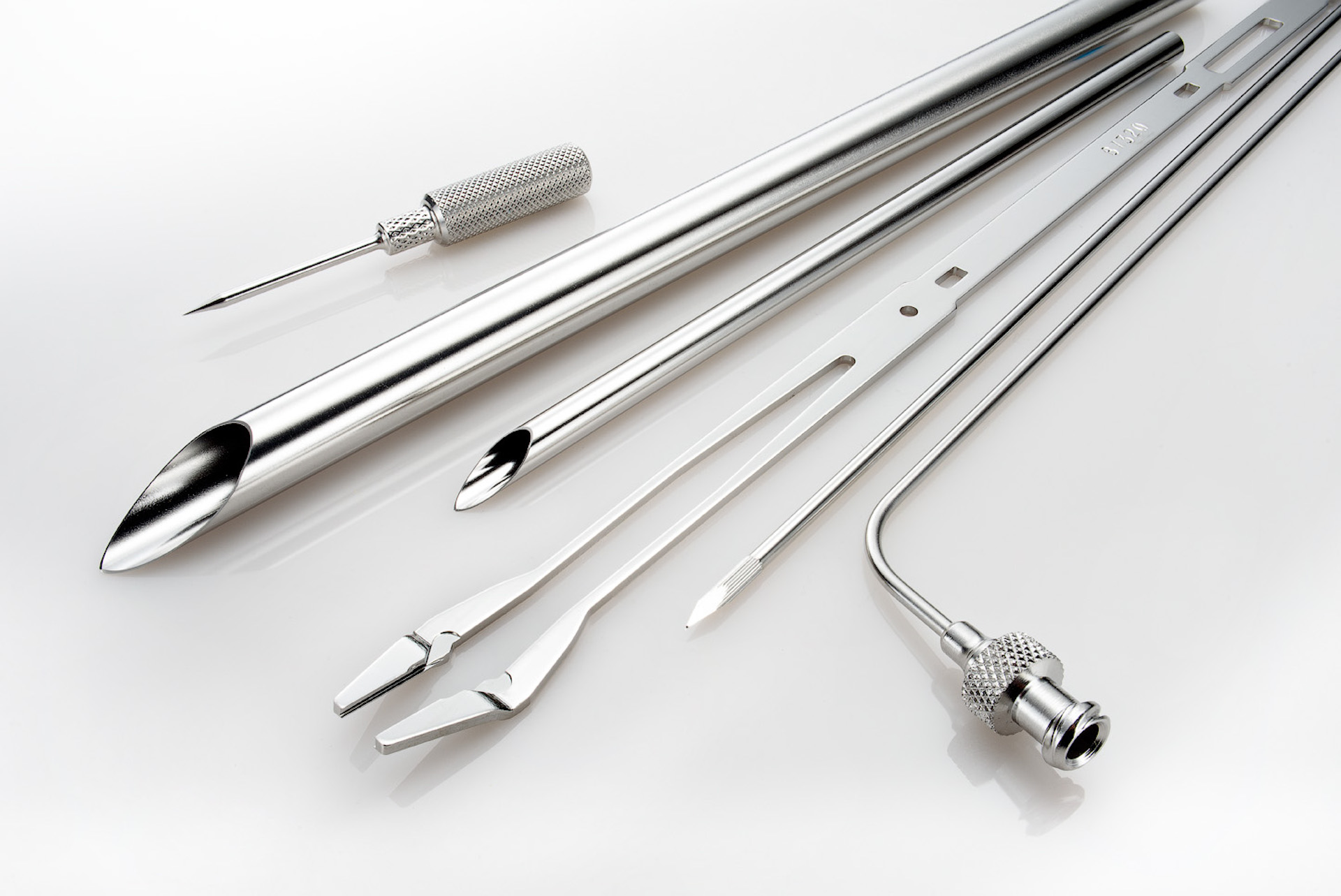
1. Corrosion Resistance: Safeguarding Patient Health
Medical devices often come into contact with bodily fluids and harsh sterilization methods. Stainless steel passivation creates a protective layer on the surface, preventing corrosion and ensuring the device’s longevity. A passivated stainless steel medical device maintains its integrity, eliminating the risk of contamination and potential harm to patients. This corrosion resistance is vital in surgical instruments, implants, and diagnostic equipment, where precision and safety are non-negotiable.
2. Biocompatibility: Enhancing Patient Comfort
Biocompatibility is a key factor in medical device design. Passivated stainless steel surfaces are biocompatible, meaning they are well-tolerated by the human body without triggering adverse reactions. This property is particularly crucial for implants and devices that interact directly with biological tissues. Passivated stainless steel ensures patient comfort, reducing the risk of inflammation, allergic responses, or other complications that might arise from the use of non-passivated materials.
3. Sterilization and Cleanliness: Meeting Stringent Standards
Medical devices must undergo rigorous sterilization processes to ensure they are free from harmful microorganisms. Passivated stainless steel surfaces are easier to sterilize and maintain cleanliness. The smooth, oxide-free layer created during passivation eliminates crevices and irregularities where bacteria or contaminants could accumulate. This level of cleanliness is vital in preventing infections and complications in patients, especially in surgical settings.
4. Longevity and Cost-Efficiency: Optimizing Medical Device Lifecycle
Medical devices are significant investments for healthcare institutions. Passivated stainless steel devices have an extended lifespan due to their resistance to corrosion and wear. By preventing deterioration, passivation optimizes the device’s lifecycle, reducing the frequency of replacements. This not only saves costs in the long run but also ensures that healthcare providers have access to reliable, high-quality instruments and devices for patient care.
5. New England Electropolishing: Your Partner in Medical Device Excellence
At New England Electropolishing, we recognize the critical role of stainless steel medical device passivation in enhancing patient safety and advancing healthcare technology. Our meticulous passivation processes are designed to meet the stringent requirements of the medical industry. We ensure that every medical device leaving our facility is not just a product but a testament to our commitment to excellence, precision, and patient well-being.
In the fast-paced world of healthcare, where innovation and patient safety go hand in hand, stainless steel medical device passivation stands as a cornerstone. It empowers healthcare professionals to deliver exceptional care, ensuring that every medical device meets the highest standards of quality and reliability. When it comes to the passivation of stainless steel, partner with New England Electropolishing and experience the assurance that comes with stainless steel medical devices passivated to perfection. Together, let’s continue to shape the future of healthcare, one passivated device at a time.
Explore the pivotal role of stainless steel medical device passivation in elevating healthcare standards. Discover how this crucial process of medical device electropolishing ensures the integrity, durability, and safety of medical instruments, contributing to enhanced patient care and the advancement of healthcare technologies. Dive into the intricate world of medical device passivation with New England Electropolishing, where precision meets innovation for a healthier tomorrow.
Electropolishing Resources
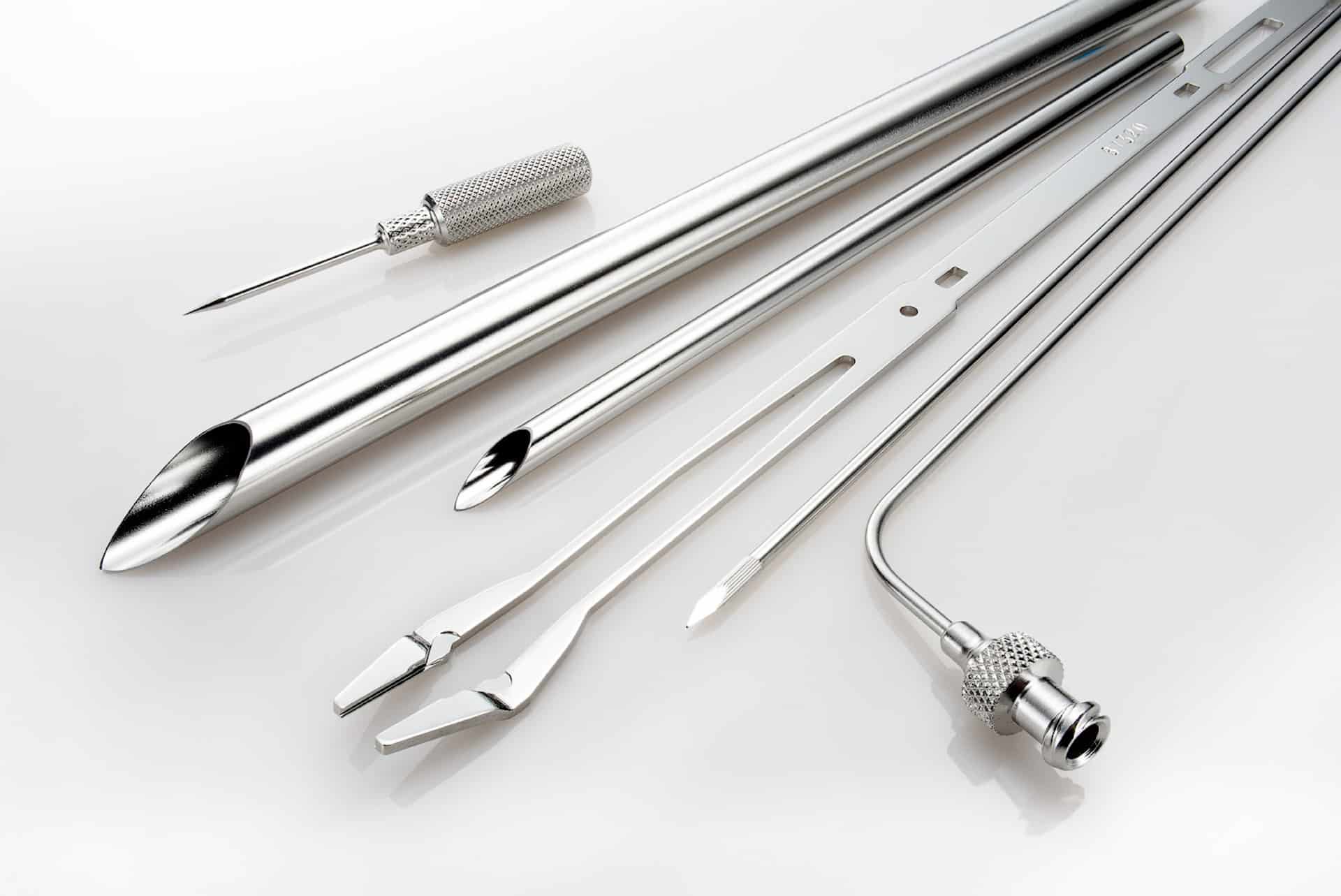
What is Electropolishing?
Electropolishing is an electrochemical and reverse plating process that removes the outer layer of skin on a metal...
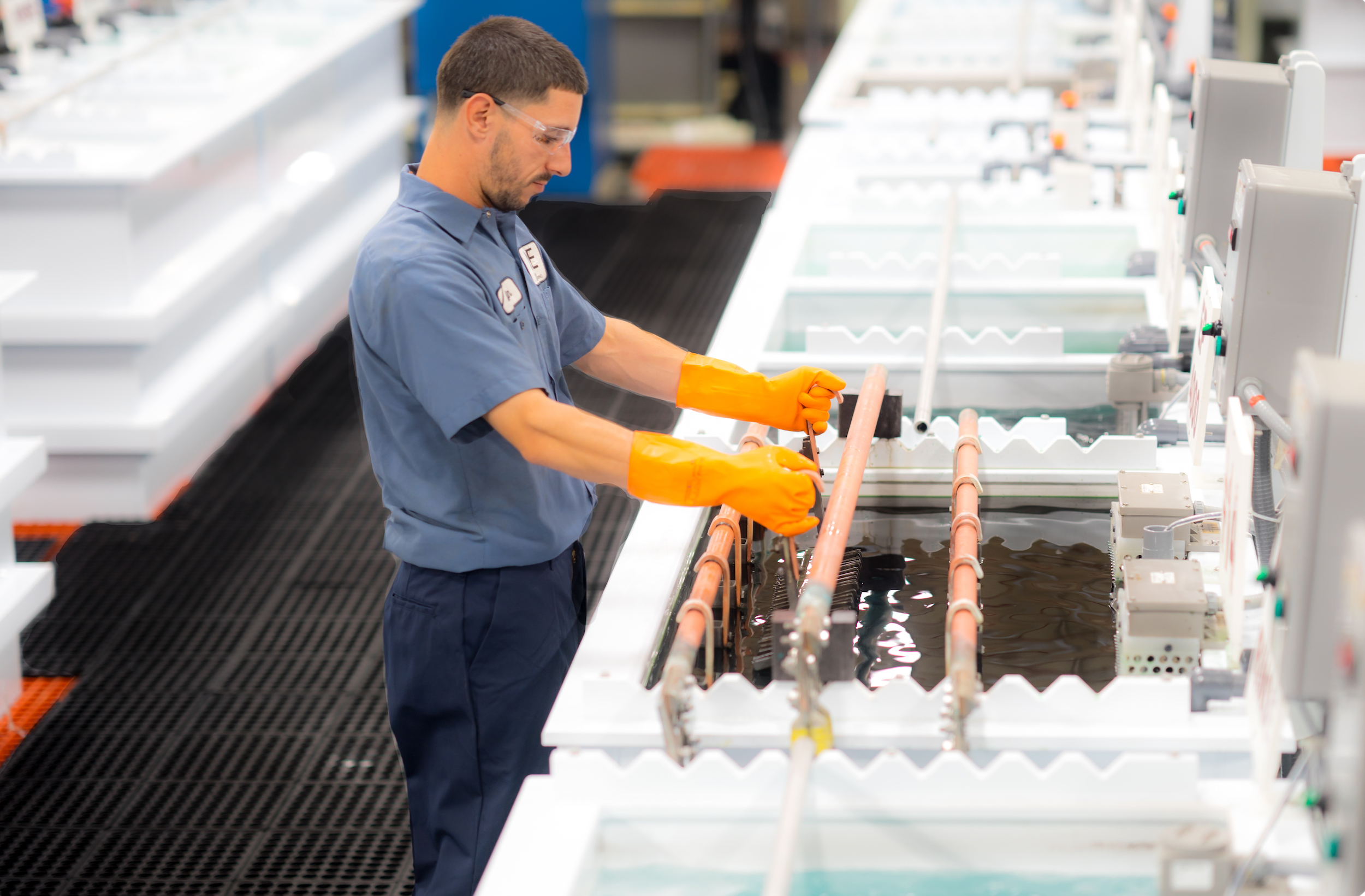
The Electropolishing Process
The electropolishing process is initiated by immersing a metal part into a temperature-controlled bath of electrolyte...
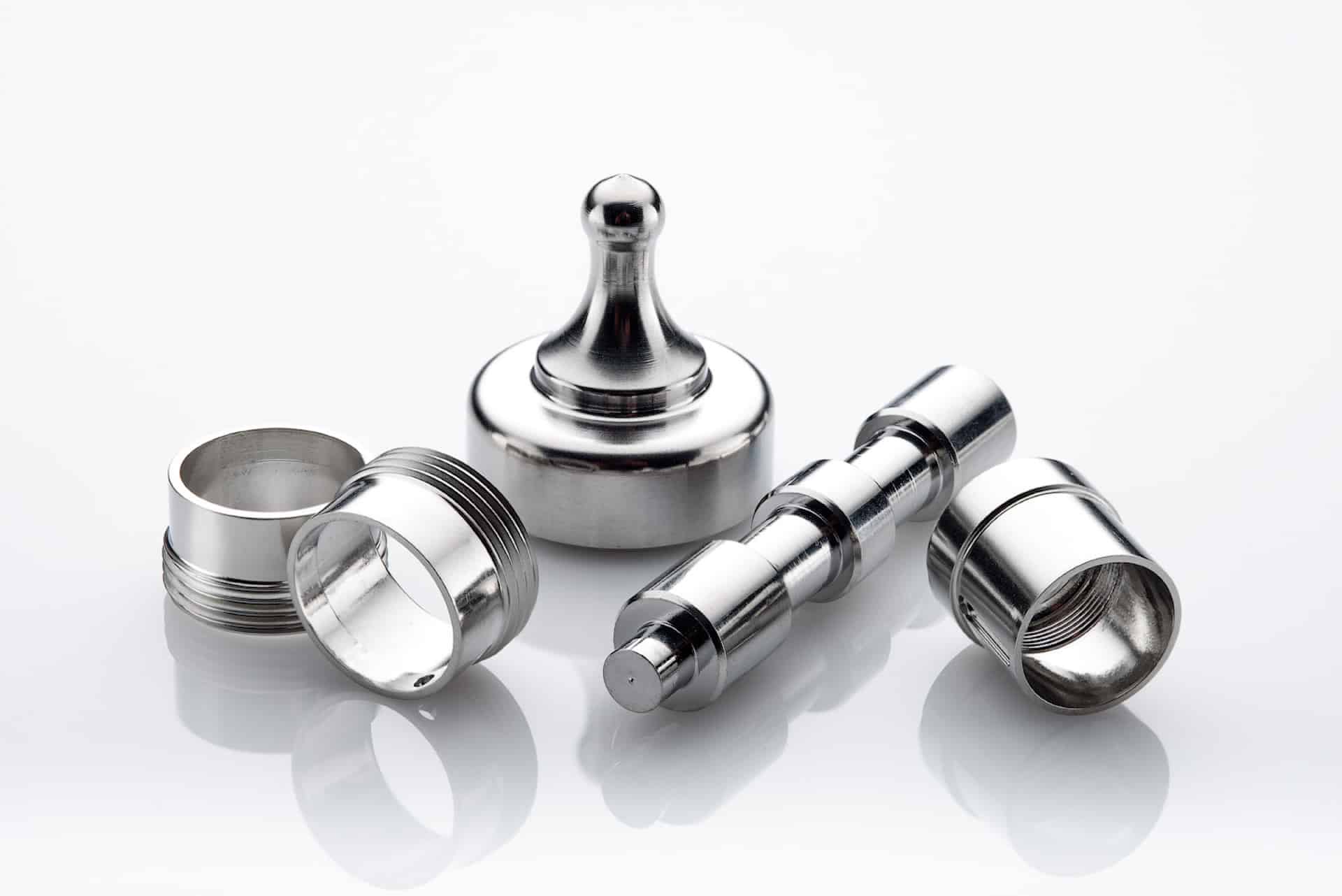
Benefits of Electropolishing
Curious about the benefits of putting your parts through the electropolishing process? Read along below where we...
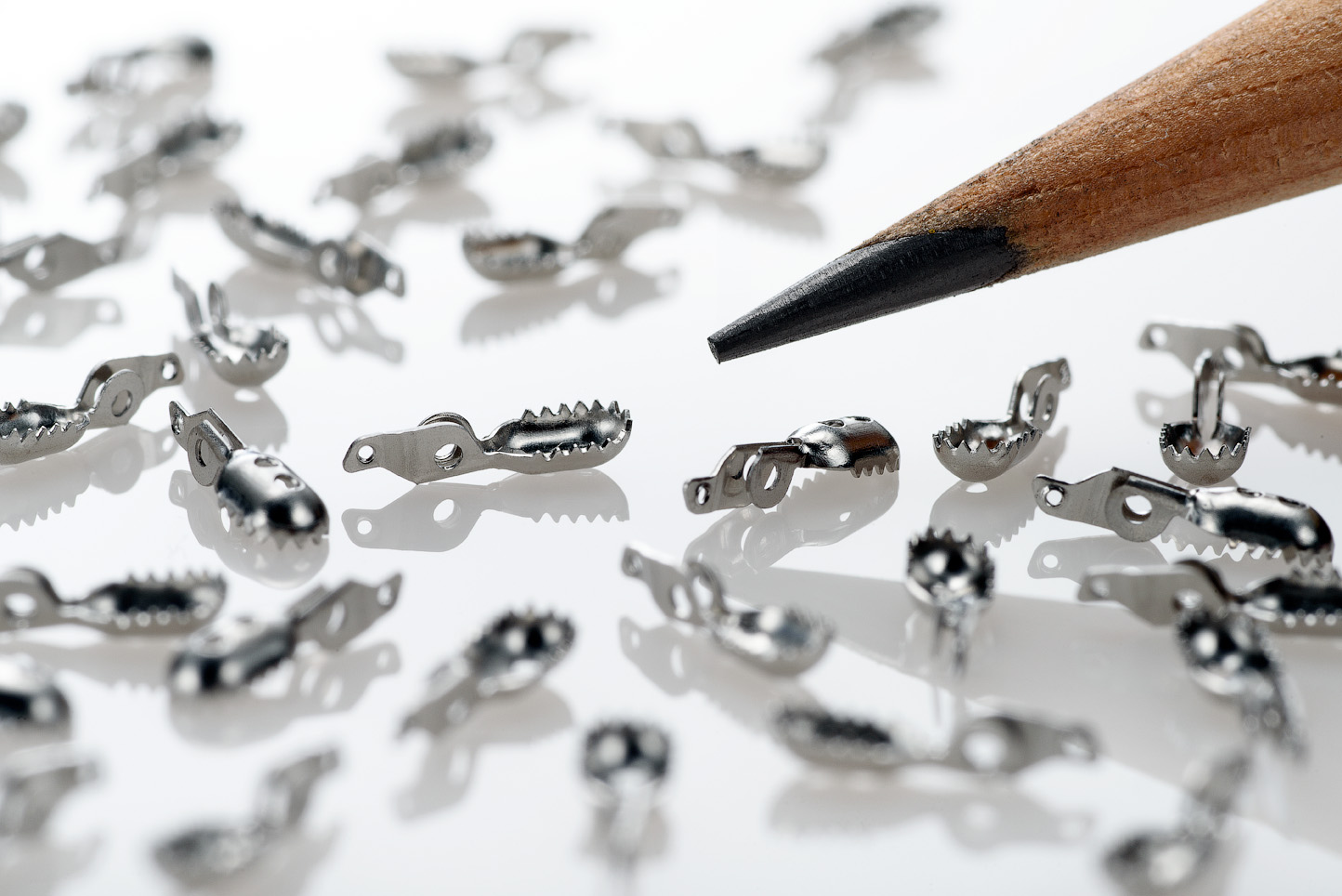
How Much Material Does Electropolishing Remove?
Electropolishing, when done properly is a highly controllable process which removes as little as...
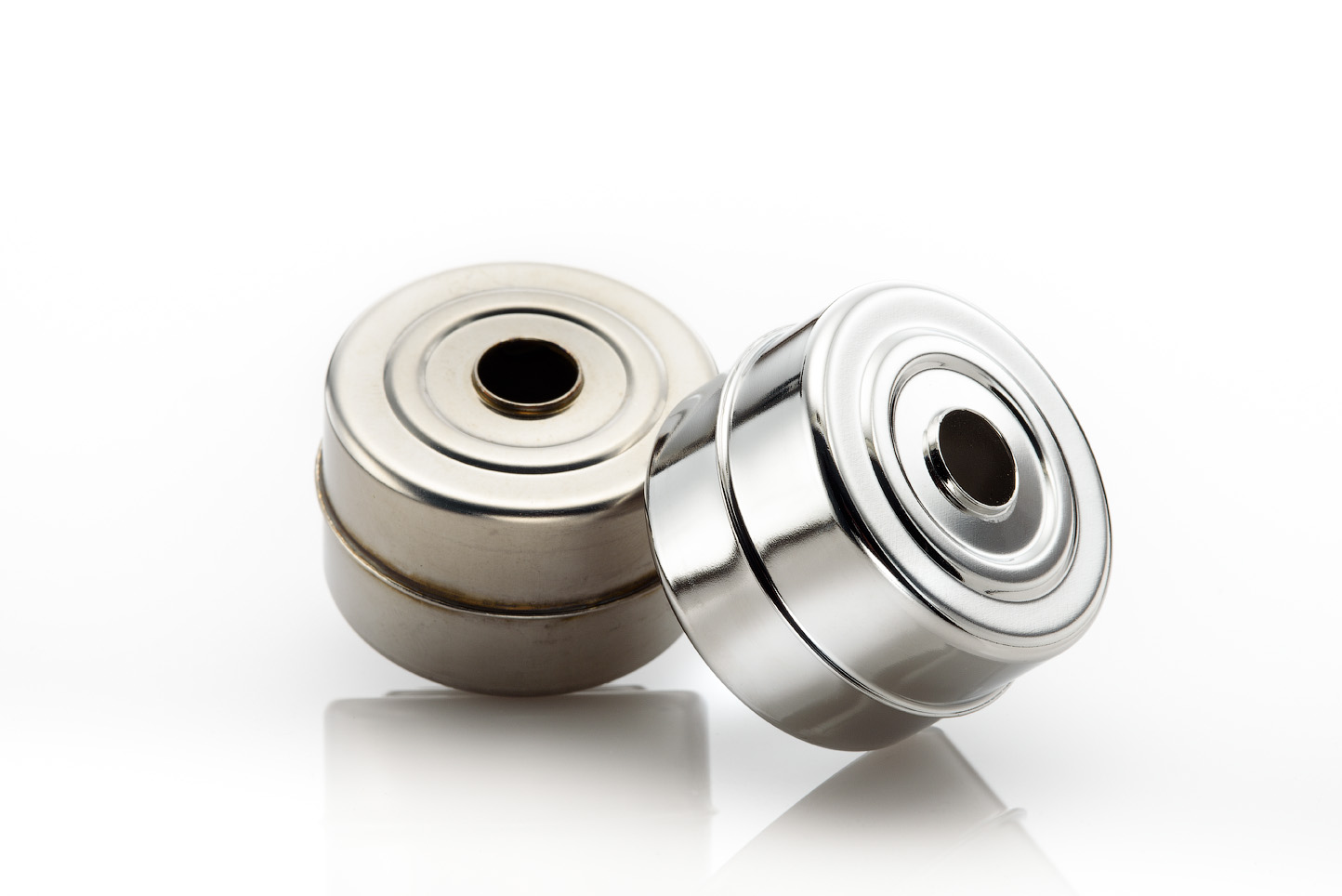
How Much Will Electropolishing Improve the Surface Finish of My Part?
Ra and RMS are both representations of surface roughness. Ra is calculated as the roughness average of a surface’s...
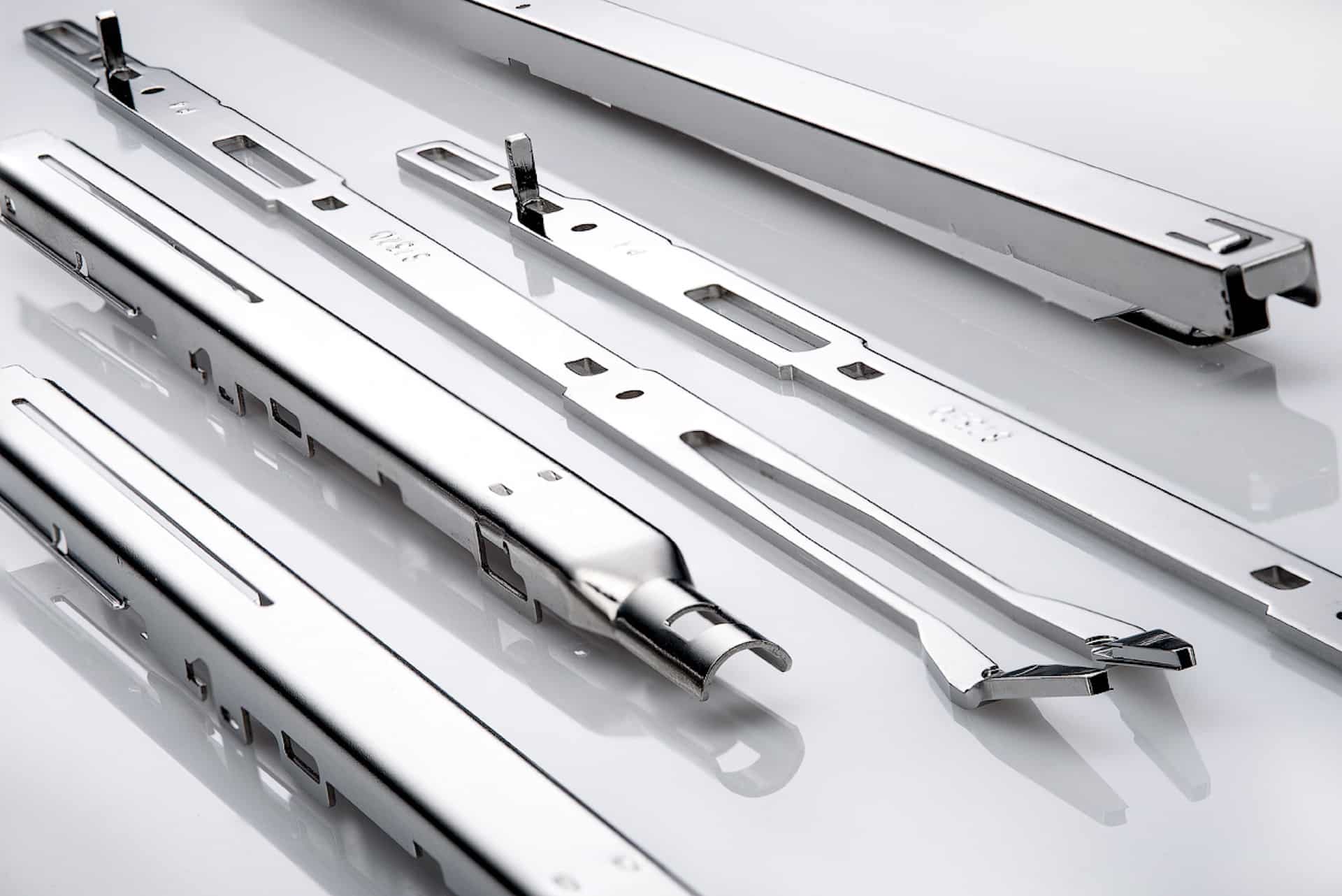
Electropolishing Frequently Asked Questions
Learn the difference between electropolishing and electroplating as well as how the electropolishing process works...
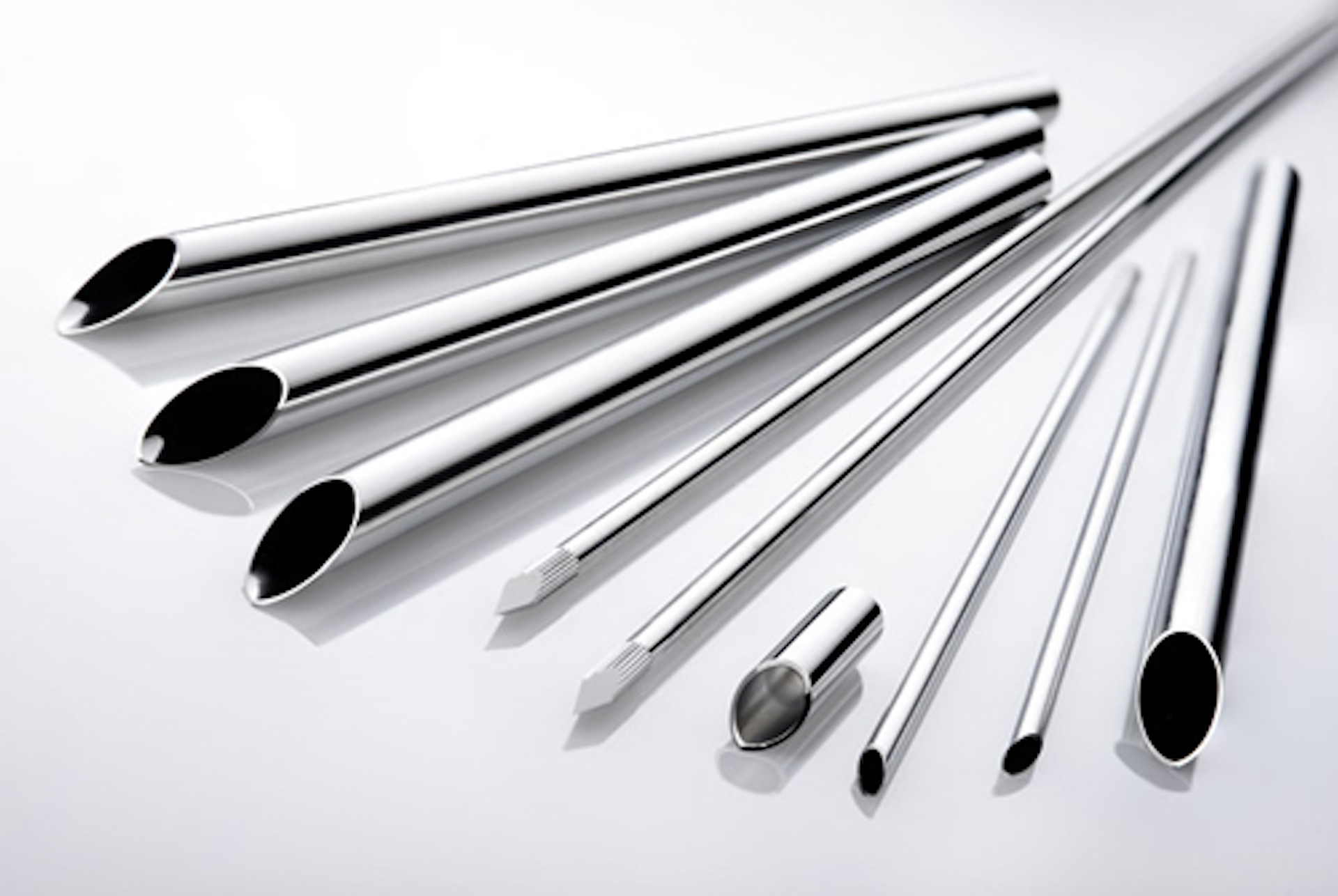
What is ASTM B912?
ASTM B912 is an industry standard for the passivation of stainless steel alloys through electropolishing...
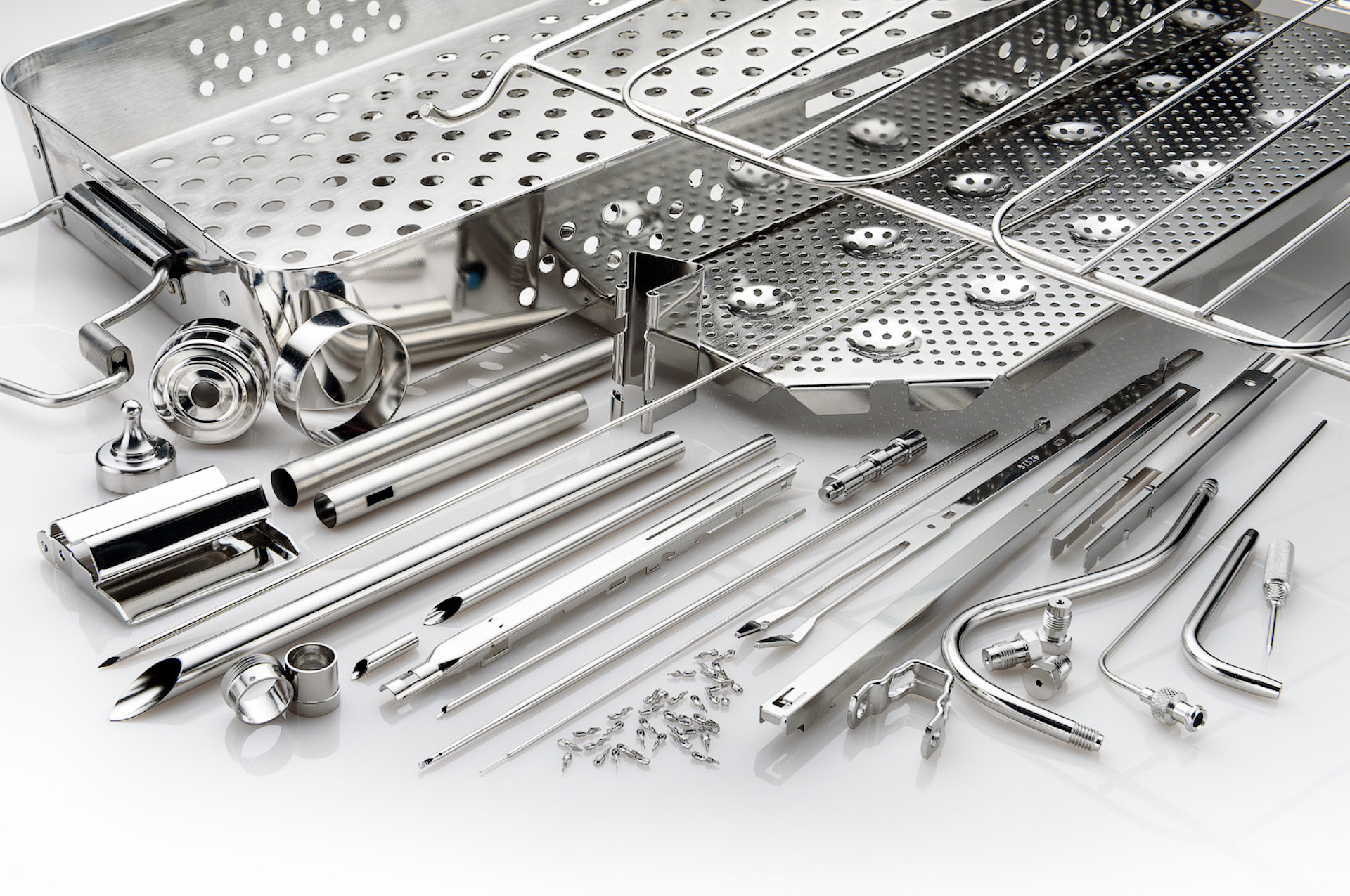
What is ASTM A967?
ASTM A967 is an industry standard specification for the chemical passivation treatments for stainless...
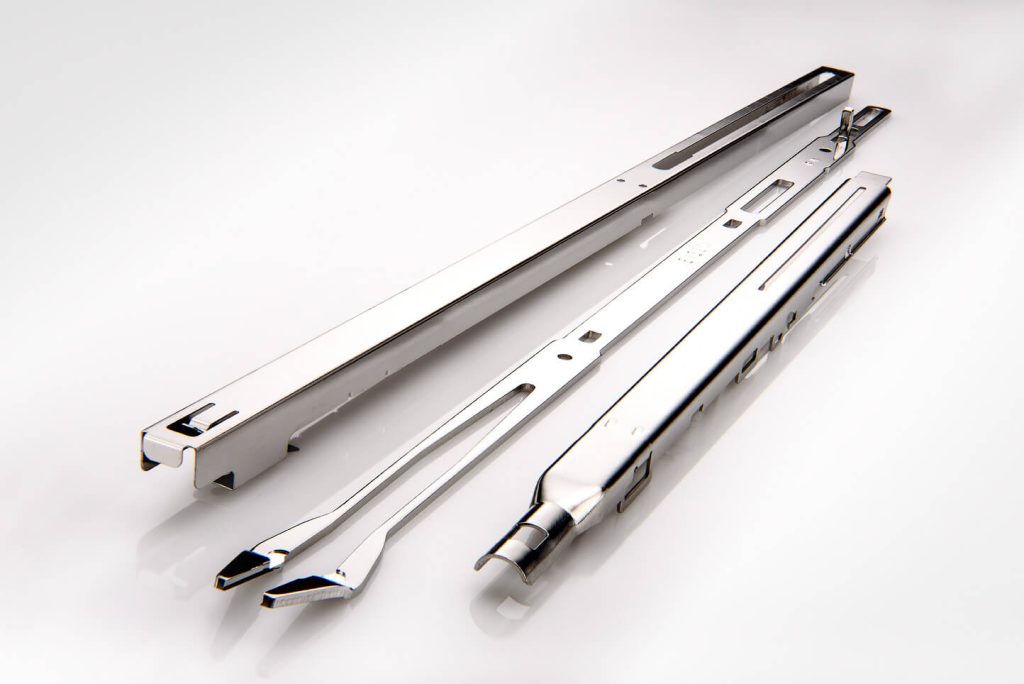
What is ISO 13485?
ISO 13485 is a standard that applies specifically to medical devices. ISO 13485 is designed to be...
